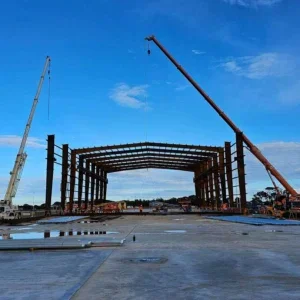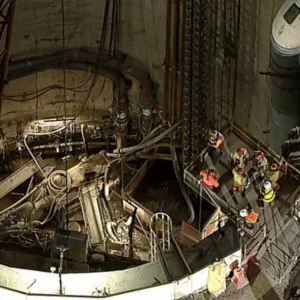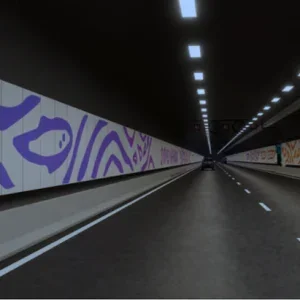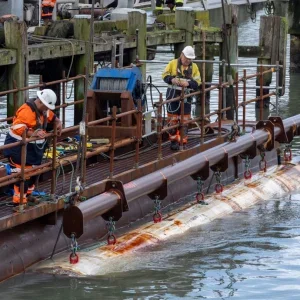Construction work is in full swing on Taiwan’s ambitious 350km long high speed rail project. The R105bn ($3.2bn) BOT project line will run almost the full length of the island, from Taipei in the north to Kaohsiung in the south.
Although located on the relatively flat western side of the island it requires nearly 50km of tunnels, the longest of which will be 7.4km in length and the shortest 121m.
There are more than a dozen civil contracts covering the route but only seven in the northern half of the route include tunnels. Work began on these in the first quarter of 2001.
The majority of the tunnels are being mined but six will be built by cut and cover methods, including structures associated with the only underground station on the route, Taoyuan to the west of Taipei.
Ground conditions along the line range from weak sandstones and conglomerates to sands, silts and clay. Only five of the mined tunnels have a maximum cover of more than 75m. The presence of groundwater will pose a severe challenge, particularly on the longer tunnels which will generally be built as undrained.
The mined tunnels will be constructed using sequential excavation and support methods regulated by the routine monitoring of tunnel deformations. Initial support consists of shotcrete, lattice ribs, and dowels. Where necessary these are supplemented with auxiliary measures such as ‘elephant feet’, micropiles, face dowels and forepoling. The two track tunnels will typically have an excavated span and height of 13m and 11m, respectively.
The permanent in situ concrete linings will typically range in thickness between 400 and 650mm depending on conditions.
Tunnel completion is scheduled for the end of 2003.
Concessionaire is the Taiwan High Speed Rail (THSR) Corporation whose responsibilities cover procurement, project management, site supervision, design review and administration. International Railway Engineering Group, a JV of Systra, DE-Consult, Mott MacDonald and Electrowatt, will act as independent checking and supervising engineer.







